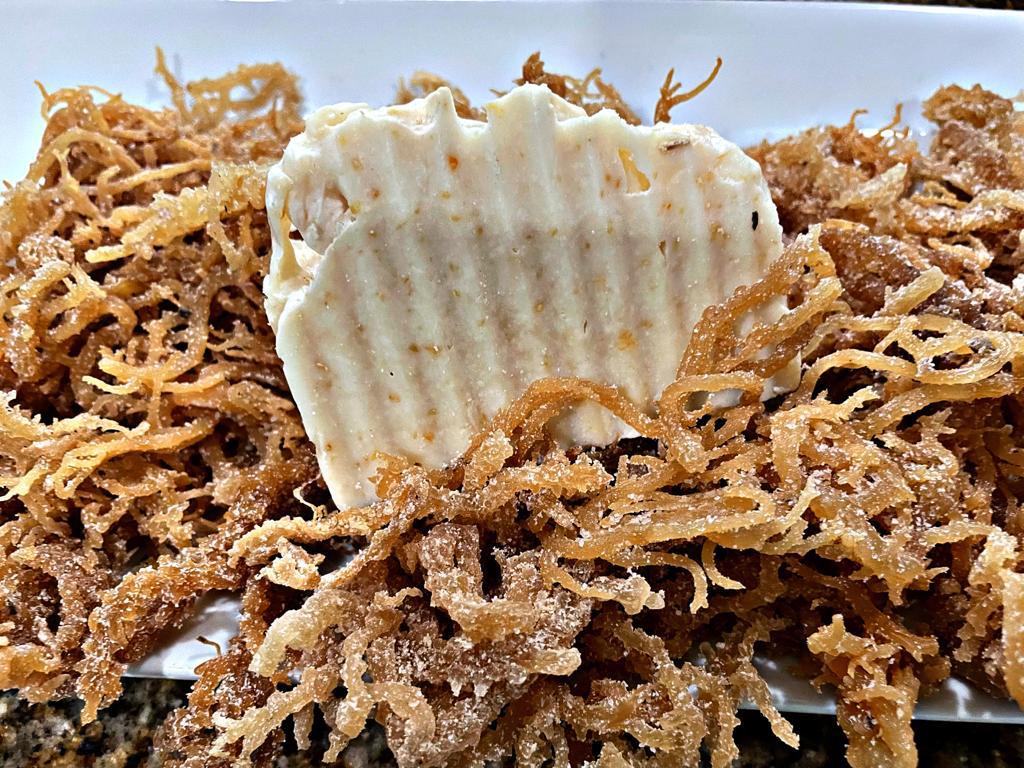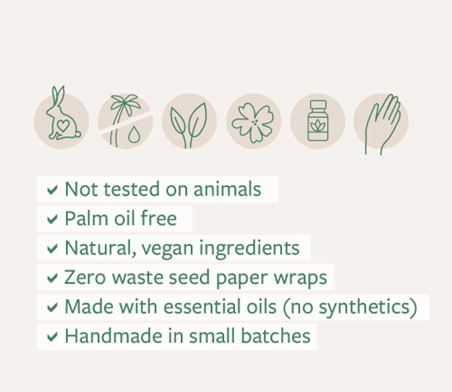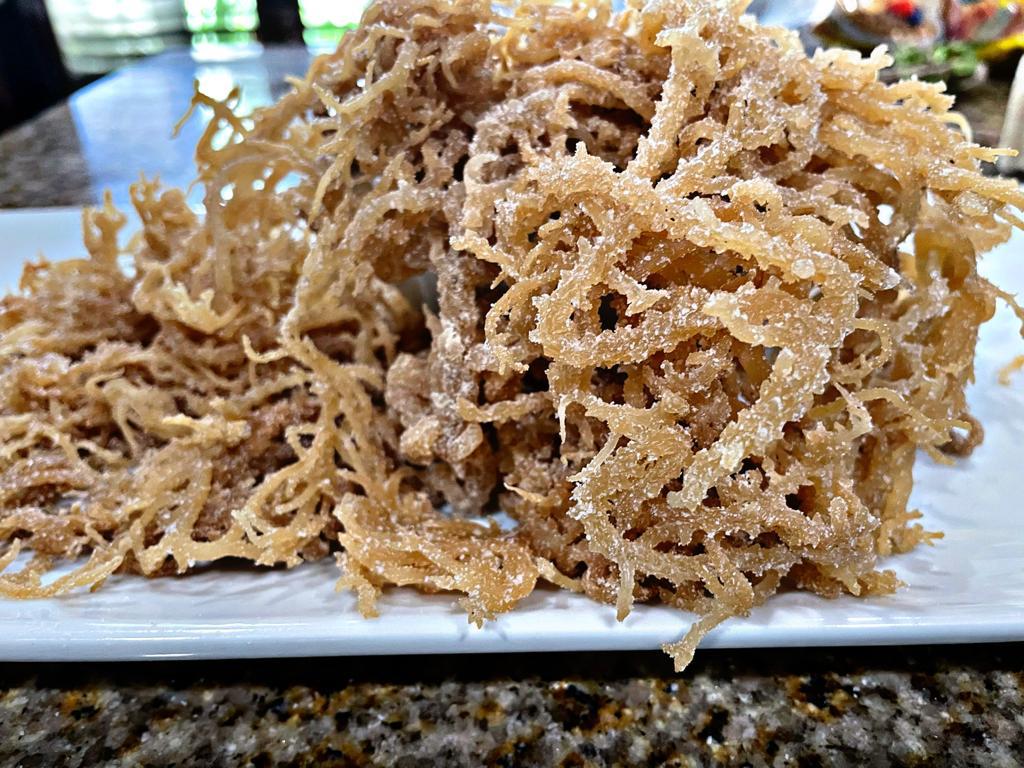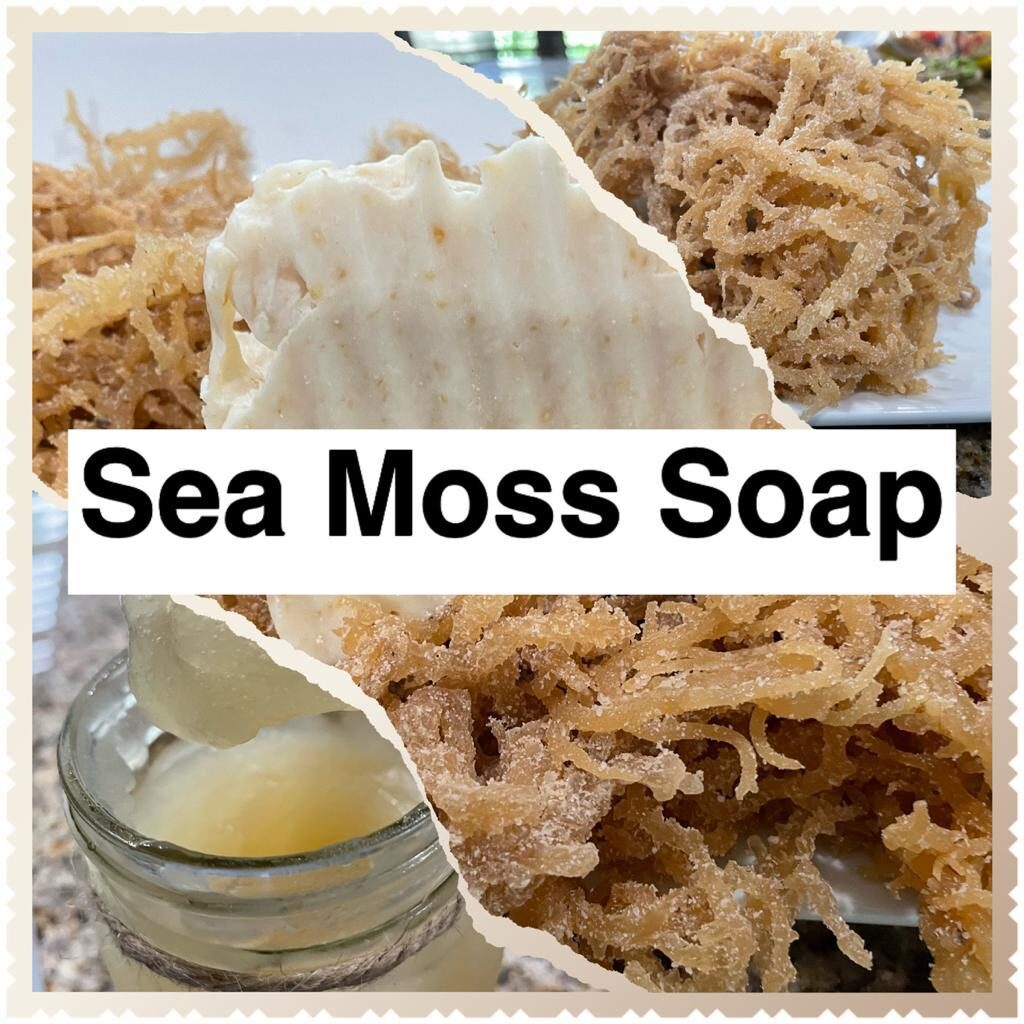Sea moss soap has become my favorite soap in recent days. I find it so healing for my dry skin.

Sea moss soap has become a very popular soap because the sea moss is very healing and hydrating for the skin. It also helps to moisten, it is anti-inflammatory and helps with the complexion.
Benefits of Natural Soap
There are several benefits to using natural soap sea moss soap, including:
1. Instead of “Fake Soap,” use Real Soap
Instead of natural sea moss soap, many people purchase “fake soaps”, cleansers, body bars, body wash, beauty bars, skincare bars, and even deodorant soaps, that are essentially detergent-based and not soaps.
2. Natural Soap Has Excellent Moisturizers
Glycerin is a by-product of the production process and is one advantage of using real soap. Due to its ability to draw moisture to itself inside and outside of the skin, glycerin is a fantastic skin moisturizer. Traditional soaps moisturize the skin while bathing since they contain glycerin, unlike many modern soaps that can dry out the skin. Why? Commercial soaps that are purchased at stores typically go through a process intended to remove glycerin. However, homemade soap that is traditionally manufactured to keep its glycerin content will leave your skin feeling and looking more moisturized.
3. Better Ingredients Used
When a business produces tens of thousands, hundreds of thousands, or even millions of soap bars at once, part of the profit margin is earned by mass production, and part is gained from employing the cheapest products available, which are frequently synthetic copies of the real thing.
Commercial soaps are known to frequently contain Triclosan, Sulphates, and Parabens, which have been linked to allergies, hormone disruption, and a higher risk of some malignancies.
Shea butter, grass-fed tallow, olive, and coconut oils, among others, are typically found in natural soaps. These are thought to be incredibly nutritious and beneficial for the skin.

4. Cruelty-Free and Animal-Friendly
Animals are not harmed during the production or testing process of natural, organic soaps. Ingredients used for soap testing are typically organic. These ingredients are made from plants (a few soaps do, but it’s rare), and don’t need to be produced in large-scale factories or other facilities that harm the environment significantly.
In contrast, organic producers frequently have smaller facilities and rely on botanical extracts and herbs to create their finished goods. The main ingredients are coconut and palm oils, which are then supplemented with essential oils from various plants, flowers, spices, and fruits. Natural soaps occasionally contain tallow or lard, which are both animal products, but they will always be labeled as such. Importantly, because these goods don’t contain pesticides or contain compounds produced from synthetic sources, no animal testing is required for them.
5. Sea Moss Soap is Better for the Environment
Organic soaps don’t release any chemicals or pollutants that are bad for the environment. After usage, the soap decomposes more quickly, with no negative effects on the water cycle or the aquatic species that inhabit our rivers, lakes, and seas. Even if everything else were equal, this eco-friendliness would be a compelling case for choosing organic soap. They are a clear victor when you include in the soaps’ excellent quality and effectiveness as well as the enjoyment you get from a more interesting product.
6. Rich in Antioxidants
Organic soaps can help to repair the skin by reducing inflammation, keeping skin hydrated, and helping the user to have younger-looking, healthier skin because many of the ingredients used in them are natural antioxidants, and because the process doesn’t extract these substances for other purposes. The softer pH levels of organic soaps (often between 9 and 10) not only help you look and feel clean and fresh now but also help care for your skin over the long term.
7.No Preservatives
The shelf life of organic food is indeed lower, but there is a valid reason for this. In non-organic products, preservatives are frequently detrimental to people or the environment. Sometimes you must decide between making a product healthier for the consumer and allowing it to sit on the shelf for a long time, unused. The solution is obvious.
8. Natural Antibacterial Properties
Triclosan, parabens, sulfates, and other hazardous chemicals that are thought to raise the risk of some malignancies, alter the hormonal balance, and have an impact on your reproductive system are included in most antibacterial soaps.
Instead of using toxic chemicals, organic soaps employ antimicrobial ingredients like essential oils. These offer beautiful scents like lavender, tea tree, eucalyptus, and peppermint, to name a few, in addition to helping battle dangerous bacteria.
9. Natural Scents for Real Aromatherapy
Through aromatherapy, the smells in natural soap can help calm your body and mind. Aromatherapy reduces stress and enhances disposition and outlook in general.
Essential oils cannot be chemically produced in a laboratory. When synthetic fragrances are used in soaps, the soap loses its value.
The medicinal properties of natural additives in soap are lost when synthetic substitutes are used. The brain’s neurochemicals are released by natural essential oils, which can enhance your mind, body, and spirit.
Sea Moss Benefits the Skin

Let’s talk about the benefits of sea moss soap:
1. It moistens the skin.
Sea moss has a better humectant when applied topically than even hyaluronic acid, one of the most popular hydrating agents. Additionally, sea moss has unique hydrating qualities: It has significant levels of carrageenan, a type of polysaccharide that acts as a thickening agent and forms a protective yet non-occlusive layer over the skin.
Most of the sea moss’s health advantages, according to clean cosmetic scientist Krupa Koastline, creator of KKT Consultants, are attributable to its film-forming qualities, which make it perfect for moisturizers or serums. According to researchers, carrageenan gives products a thick and rich feel. It holds water to the skin by binding to it.
2. Sea moss soap has anti-inflammatory properties.
Because of the high quantity of zinc, vitamin A, and sulfur, it has anti-inflammatory qualities, according to Rodney. It is therefore useful for treating dry skin and other skin issues. According to Bailey, sea moss extract may potentially improve skin photoprotection from UVB exposure since it fights free radicals that damage skin cells. And did we mention that carrageenan has antimicrobial advantages, according to studies?
3. Supports skin barrier defense.
In addition to the film that sea moss leaves on the skin, Koestline asserts that this film shares structural similarities with the skin’s own proteins. She claims that because of this quality, seaweed extract “reinforces and accelerates keratinization of the epidermis.” The epidermis, or top layer of your skin, which oversees removing irritants, is made of keratin.
4. Balances the production of oil.
Sulfur helps with oily skin as it can help with the overproduction of sebum,” according to Rodney. Sea moss-containing products can provide much-needed balance while hydrating and safeguarding your skin.
5. Contributes to keeping a healthy complexion.
Rodney continues, “Sea moss is noncomedogenic and has minerals that support good skin.” It also contains antibacterial qualities, as was already mentioned, which can protect the health of the skin.

For more information about sea moss, you can read about it here and learn to make it also.
Become a part of our growing family Something Better Today.
